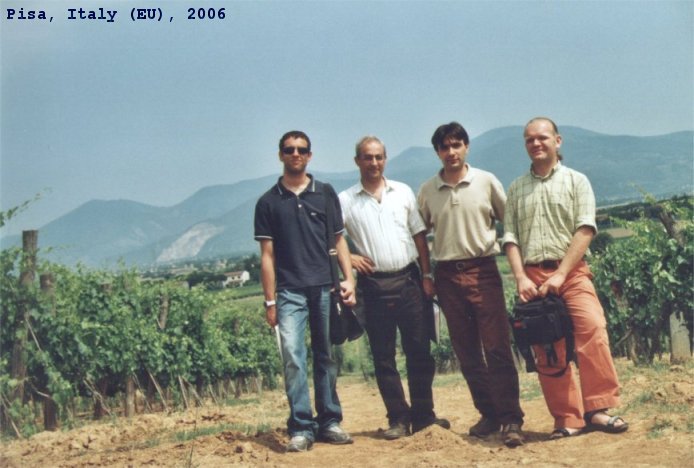Information Systems
In brief
The study of Information Systems (IS) usually is aimed to support business processes and operations, decision-making and competitive strategies. In technical sense, an IS is a system, whether automated or manual, that comprises people, machines, and/or methods organized to collect, process, transmit, and disseminate data that represent user information. The simplest model that describes an IS takes in account the structure, i.e. repositories, interfaces, channels, and the behavior, i.e. services and messages. This area of study should not be confused with computer science, which is more theoretical in nature and deals mainly with software creation, or computer engineering, which focuses more on the design of computer hardware.
Research topic
Chain traceability is the ability to trace the history, application or location of an entity by means of recorded identifications throughout the entire food chain. In practice, chain traceability is achieved if food businesses keep records of suppliers and customers and exchange this information along the entire food supply chain. In particular, each unit/batch (called lot in the following) of an ingredient or a product must be both traceable and trackable. To trace an entity means to identify its origin by tracing back in the supply chain, whereas to track an entity means to follow the path of the entity through the supply chain from supplier(s) to consumers. Traceability in the food supply chain has attracted considerable attention in the last few years for a variety of reasons. First of all, recently it has become a legal obligation within the EU; similar requirements for traceability systems are present in the United States and Japan too. Then, food companies tend to consider the significant expenditure required to build a traceability system as a long-term strategic investment to create consumer confidence both in the image of the company and in the specific product. As a consequence, other requirements for traceability exist besides the legal ones. In fact, in addition to systematically storing information that must be made available to inspection authorities on demand, a traceability system should take also food safety and quality improvement into account. This means, for example, enabling the system to trace back to find out the cause of a problem and prevent it from happening again, or to launch a proper recall of potentially unsafe products that have already been forwarded, thus protecting public health. Of course, the implementation of a complete and efficient food traceability system has to cope with several problems, such as the lack of alignment of the possibly different systems adopted in the various sectors of the food supply chain, or the non homogeneous information kept at the various units of the supply chain. To build a traceability system is therefore a technologically complex task that involves all stages of production, processing and distribution.
